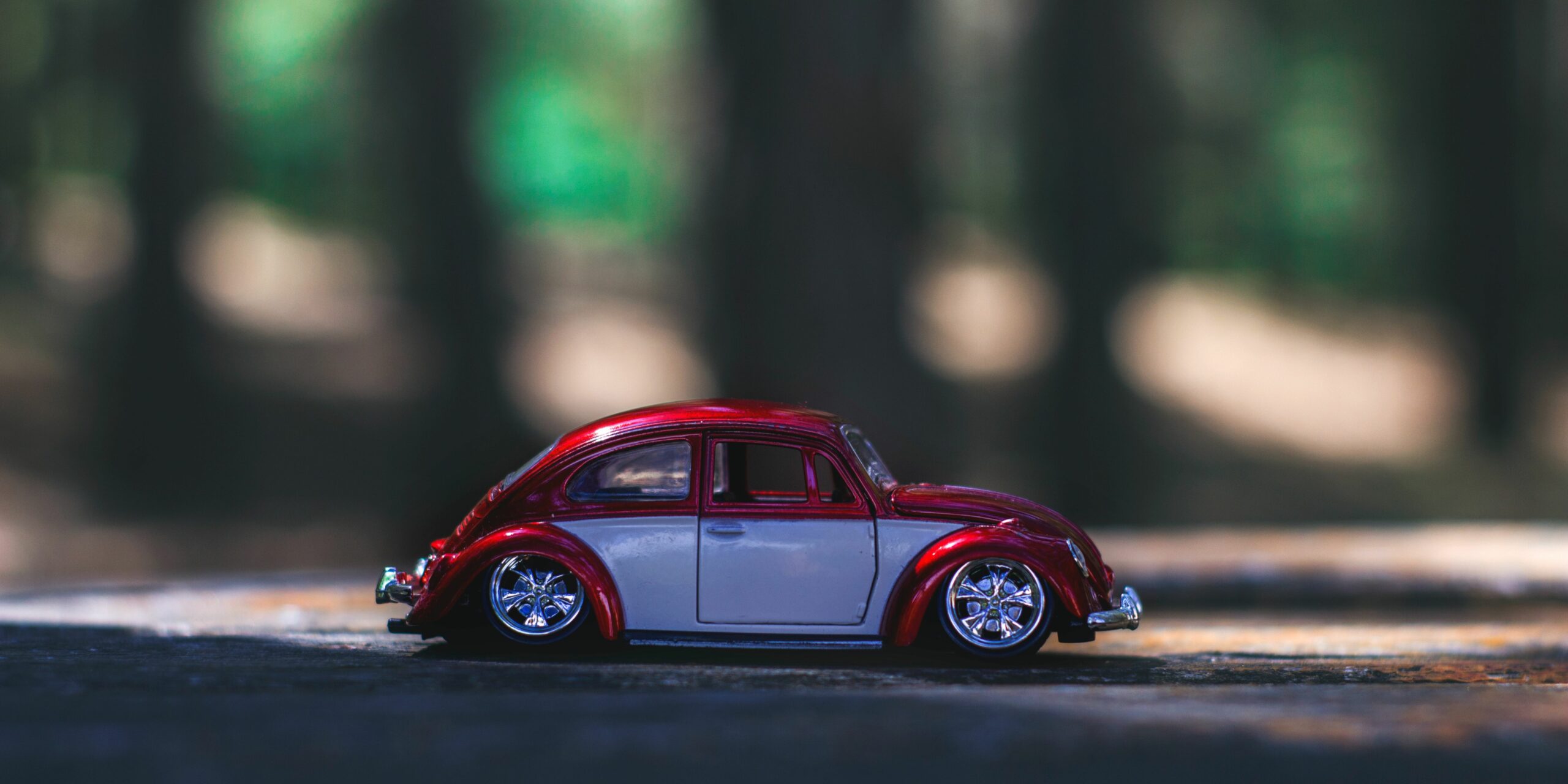If you’re a fan of classic cars, chances are you’ve considered collecting vintage toy cars at some point. After all, what could be more fun than getting your hands on a miniature version of your favorite ride? But before you start scouring yard sales and flea markets for hidden treasures, it’s important to know a little bit about what you’re looking for. Here’s a beginner’s guide to collecting vintage toy cars.
What Are Vintage Toy Cars?
The definition of “vintage” when it comes to toys can be somewhat subjective, but generally speaking, most collectors consider items that are at least 25 years old to be vintage. That said, some purists only collect items that are 50 years or older.
When it comes to material and construction, most vintage toy cars were typically made of metal, with plastic being used for smaller details like windows and tires. These days, however, it’s not uncommon to find reproductions made entirely of plastic. It’s important to be aware of this when shopping so you don’t accidentally end up with a fake.
Condition is also an important consideration when assessing a vintage toy car’s value. Obviously, a car that’s in mint condition is going to be worth more than one that’s missing a few parts or has been damaged over the years. If you’re just starting out, it might be best to focus on lower-priced cars that need a bit of TLC; that way, you can learn the ropes without breaking the bank.
Related Content: Where do thrift stores get their inventory?
Common Types of Vintage Toy Cars
One of the great things about collecting vintage toy cars is that there are so many different types to choose from. Here are just a few of the most popular:
- Scale Models: Scale models are replicas of real-life cars that have been shrunk down to fit in the palm of your hand. Oftentimes, these models are accurate right down to the smallest details, making them a favorite among collectors.
- Diecast Cars: Diecast cars are similar to scale models in that they’re replicas of real vehicles. The main difference is that diecast cars are typically made entirely of metal (whereas scale models often have plastic elements). This makes diecast cars heavier and more durable than their scale model counterparts.
- Tin Plate Cars: Tin plate cars got their name from the material they were most commonly made from back in the day: tin (or more specifically, lithographed tinplate). These toys were usually mass-produced and less detailed than other types of vintage toy cars. As such, they’re often more affordable—a good option for budget-conscious collectors.
- Battery Operated Cars: Battery operated cars were all the rage in the 1950s and 1960s. Many of these toys featured realistic lighting and engine sounds, making them even more fun to play with. Just keep in mind that battery operated toys will typically be more expensive than other types due to their rarity and features.
Keep Reading: Common household items that are worth money
Where to Find Vintage Toy Cars
If you’re just getting started in the world of vintage toy car collecting, your best bet is to start by scouring flea markets, garage sales, and online auction websites like eBay (or you can post that you’re looking for a vintage toy car on Do U Have). You can find some great deals on vintage toys if you’re patient and willing to do a little digging. Estate sales are also a good place to find vintage toys, but you will likely have to compete with other collectors who are also on the hunt for hidden gems.
Once you’ve got your hands on some vintage toy cars, the next step is to determine their value. The value of a vintage toy car depends on several factors, including its condition, rarity, and age. If the car is in mint condition and still has its original packaging, it will be worth more than a car that has been played with and is missing its packaging. Rare cars are also more valuable than common cars. And finally, older cars are typically worth more than newer cars.
Keep Reading: Where to sell vintage toys
Caring for Your Vintage Toy Cars
Once you’ve started building your collection of vintage toy cars, it’s important to take steps to protect your investment. The first thing you should do is create a storage system that will keep your cars organized and safe from damage. You can store your cars in plastic bins or on shelves lined with felt or foam padding. It’s also important to keep your storage area clean and free from dust or other particles that could damage the paint or finish on your cars.
You should also create a maintenance schedule for cleaning and polishing your cars. Cleaning your cars regularly will help preserve their value by keeping them looking their best. When cleaning vintage toy cars, use only gentle cleaners specifically designed for use on collectibles. Harsh chemicals can damage the paint or finish on antique toys. Polishing your cars will also help them retain their value by preventing rust and keeping the paint looking shiny and new.
Vintage toy cars make great collector’s items because they offer a unique blend of nostalgia and artistry that can’t be found in mass-produced toys today. However, before you start buying up every old Hot Wheels car you can find, it’s important to understand the basics of vintage toy car collecting so that you can get the most bang for your buck. With a little patience and elbow grease, you can build an impressive collection of these classic toys that will bring back happy memories for years to come—and might even appreciate in value over time!


